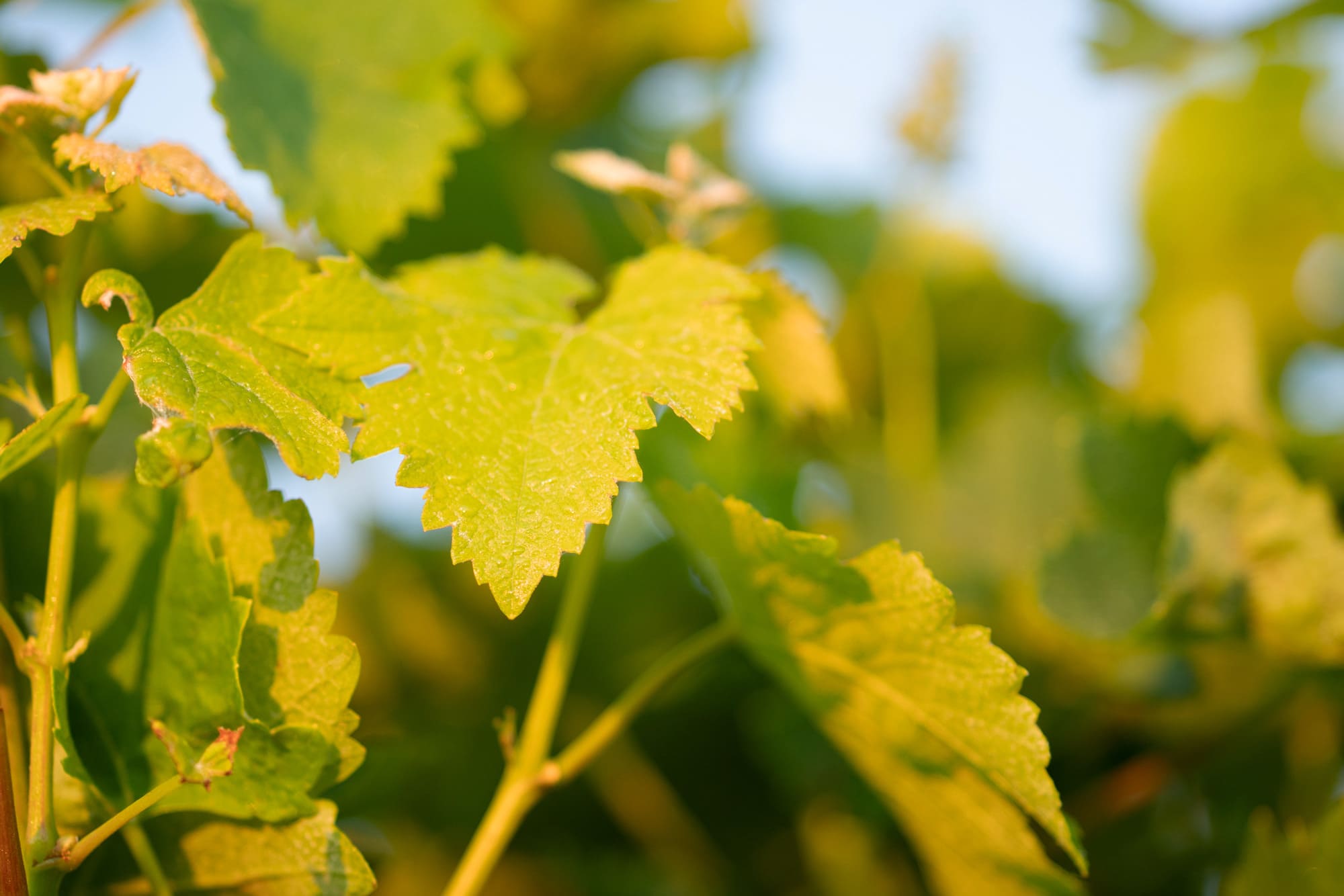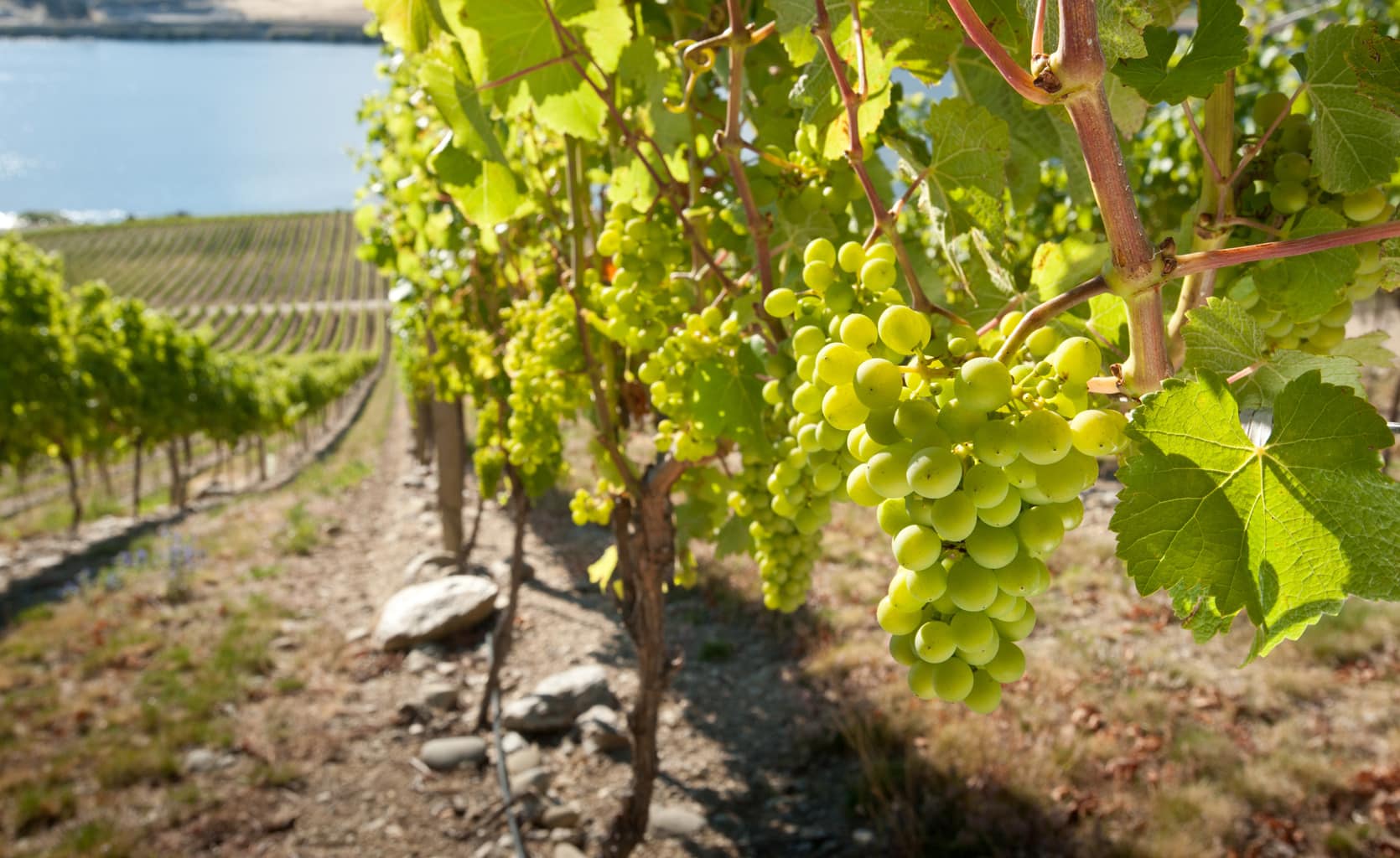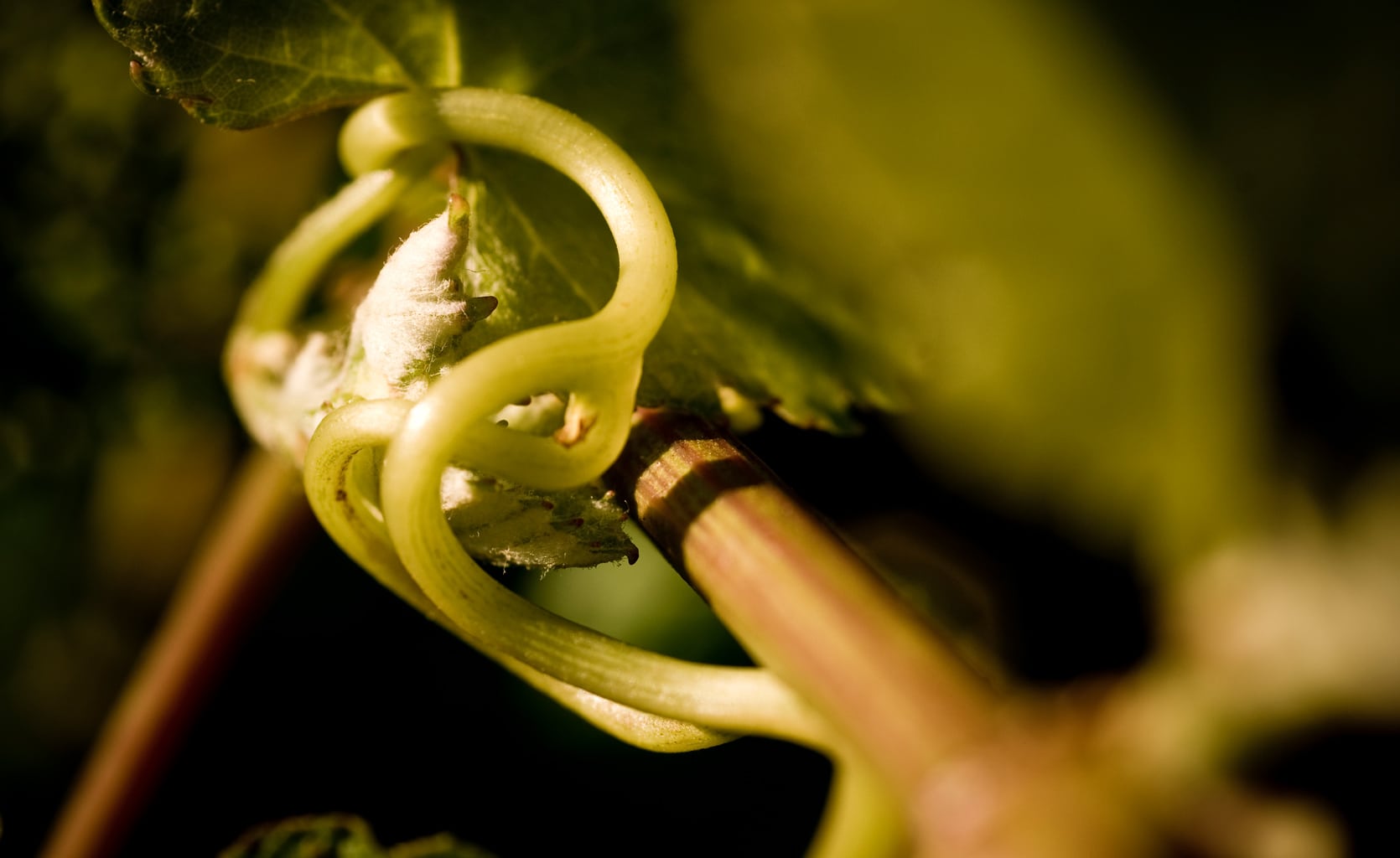Reduction faults caused by volatile sulfur compounds pose significant challenges for winegrowers, with elemental sulfur – a chemical commonly used in viticulture – contributing to these issues. Despite its widespread use, the persistence of sulfur residues on New Zealand grapes remains under-researched, and associated risks are inadequately monitored and controlled.
This research aims to fill this knowledge gap by studying elemental sulfur residue prevalence and persistence in New Zealand vineyards and the relevant factors driving its accumulation. Through comprehensive surveys and controlled field trials, factors such as application rates, particle size, weather patterns, and viticultural practices will be investigated. The objective is to identify optimal management techniques that balance effective powdery mildew control with minimal sulfur residue.
By furthering the understanding of these dynamics, the aim of this research is that it provides applicable knowledge for viticulturists and winemakers, enhancing their ability to manage sulfur use effectively, while maintaining the renowned quality of New Zealand wines. This research will ultimately support the industry in adopting practices that safeguard both crop health and product excellence.
















